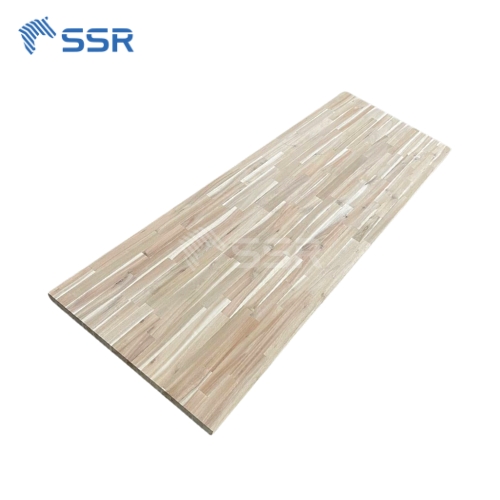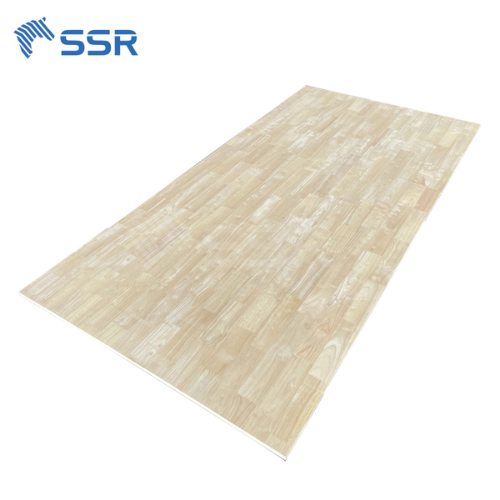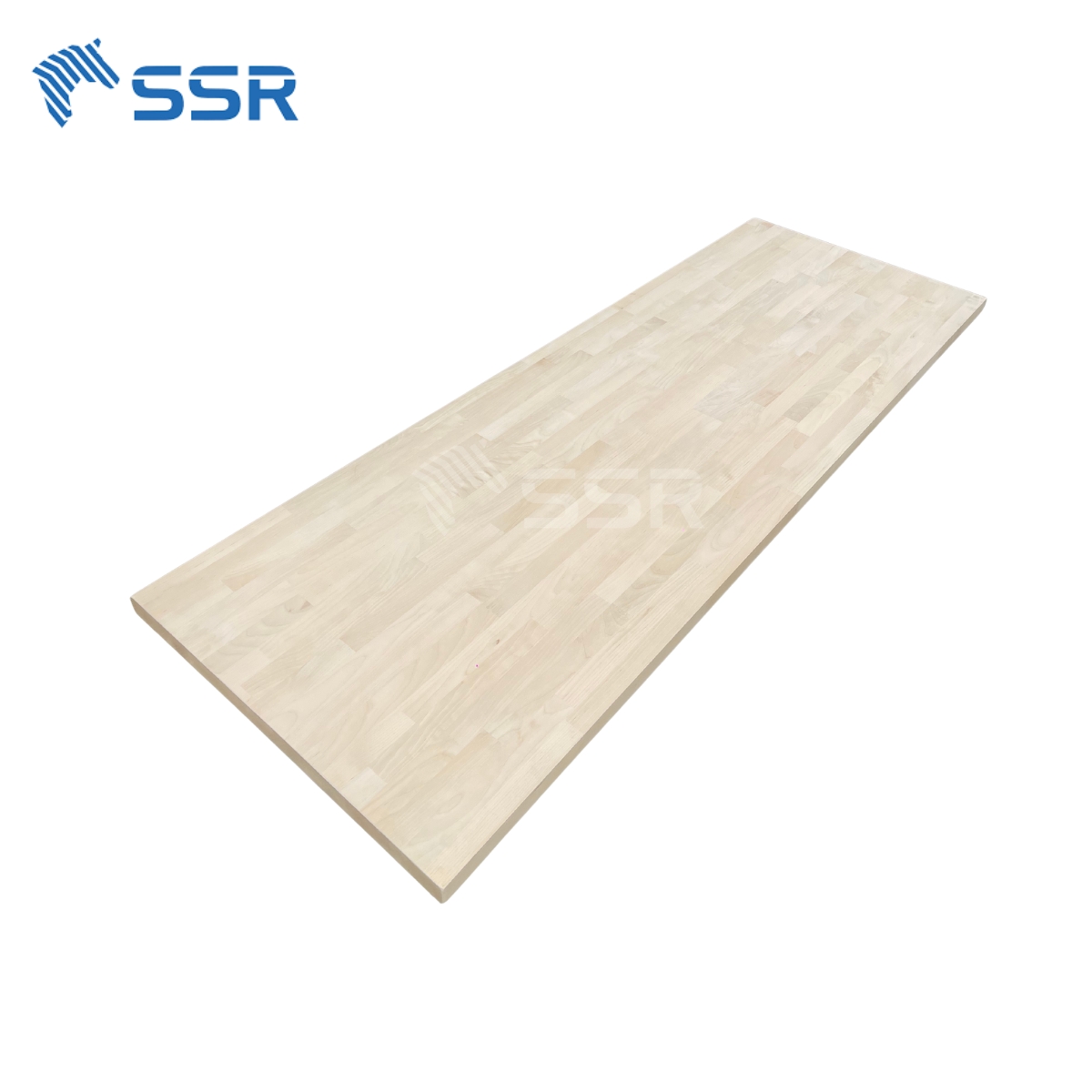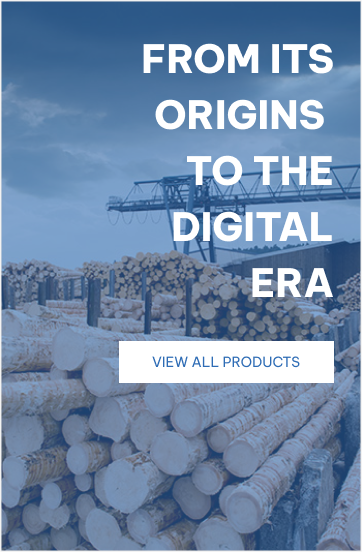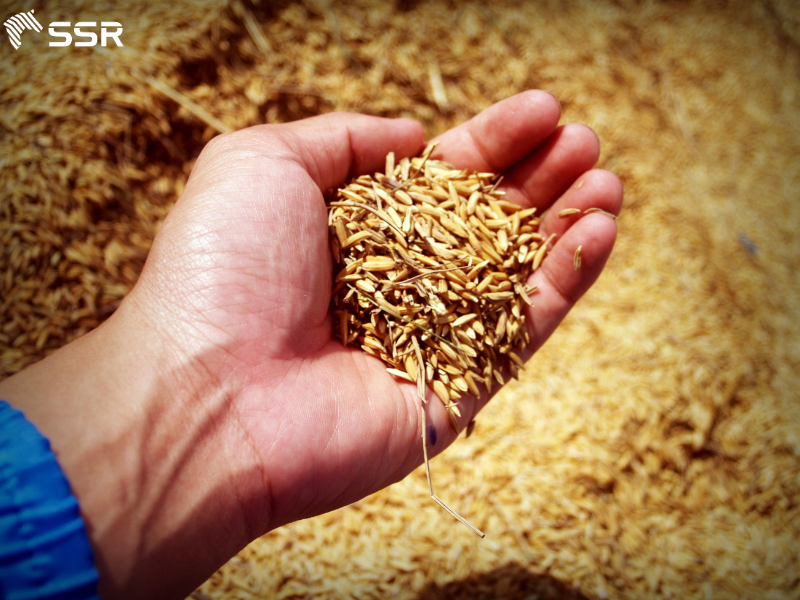NEWS
Charcoal is one of the most popular fuels in the wood industry and many other fields.
What is charcoal?
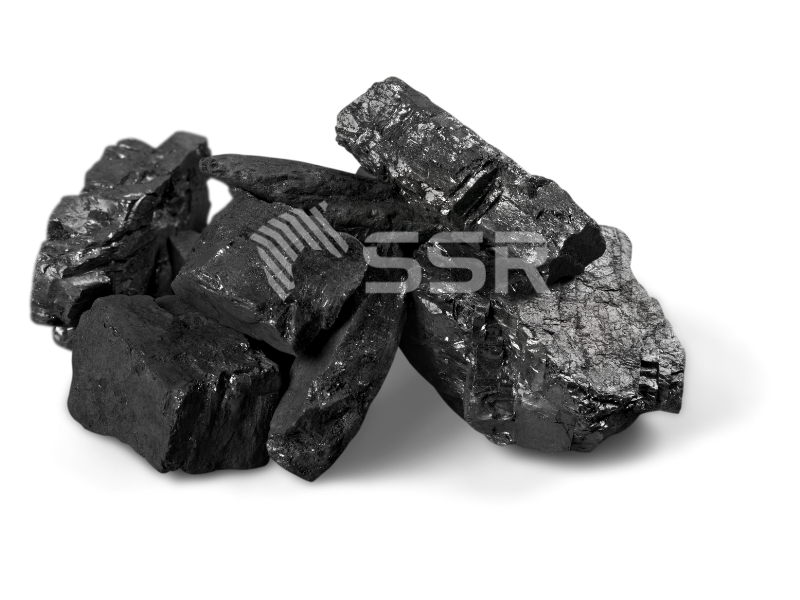
Charcoal
Charcoal has been used by humans for thousands of years due to its efficiency and versatility. Unlike regular wood, this biofuel burns hotter and longer, making it ideal for cooking, especially in grills and barbecues. It also serves as a key component in industrial processes such as metal smelting and filtration. Due to its porous structure, it can absorb moisture and odors, which makes it valuable for purifying air and water.
Additionally, this fuel is an environmentally friendly fuel choice when produced sustainably. It can be made from a variety of hardwoods, including oak, hickory, and bamboo. The carbon footprint of this production is reduced when trees are sourced from responsibly managed forests. This fuel also has a lower ash residue compared to other fuels, contributing to less waste.
In agriculture, charcoal is utilized as a soil enhancer, known as biochar. When added to soil, it improves water retention, boosts plant growth, and reduces the need for chemical fertilizers. As a result, it plays a significant role in promoting sustainable farming practices.
What is charcoal used for?
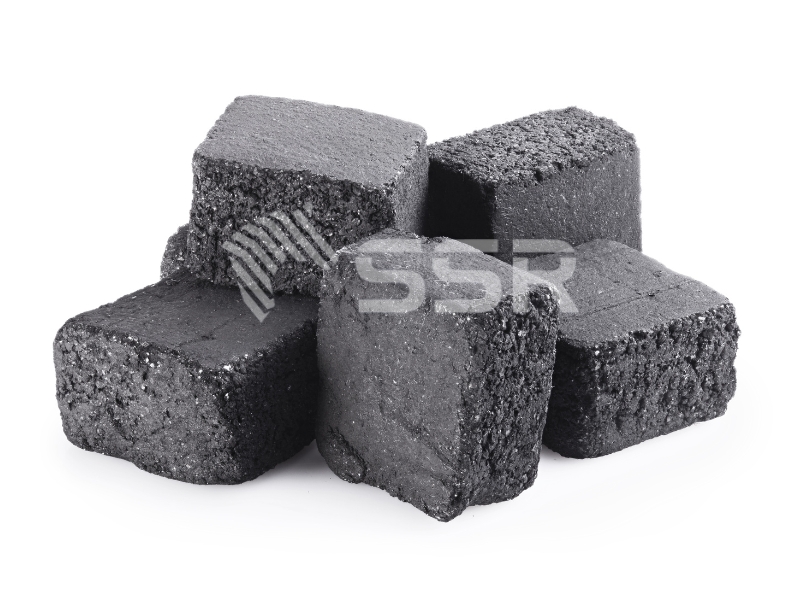
Charcoal fuel
1. Cooking and Heating
- Barbecuing and Grilling: Commonly used as a fuel for cooking because it burns hotter and more evenly than wood. Lump coal and briquettes are popular for outdoor grilling.
- Heating: Used as a fuel source for stoves and furnaces, especially in areas where wood or coal is scarce.
2. Industrial Applications
- Metalworking: Used as a reducing agent in blacksmithing and metallurgy to smelt and forge metals.
- Production of Gunpowder: One of the three primary ingredients in gunpowder (along with sulfur and saltpeter).
3. Agriculture and Horticulture
- Biochar: Used as a soil amendment to improve soil health, retain moisture, and sequester carbon in sustainable farming practices.
4. Water and Air Purification
- Activated Charcoal: A specially processed form of this fuel with increased porosity is used to filter water and air by adsorbing impurities, toxins, and odors.
- Applications include water filters, air purifiers, and gas masks.
5. Health and Medicine
- Detoxification: Used to treat poisonings and overdoses by binding to toxins in the digestive system.
- Skincare: Used in face masks, soaps, and scrubs for its ability to draw out impurities from the skin.
6. Art and Craft
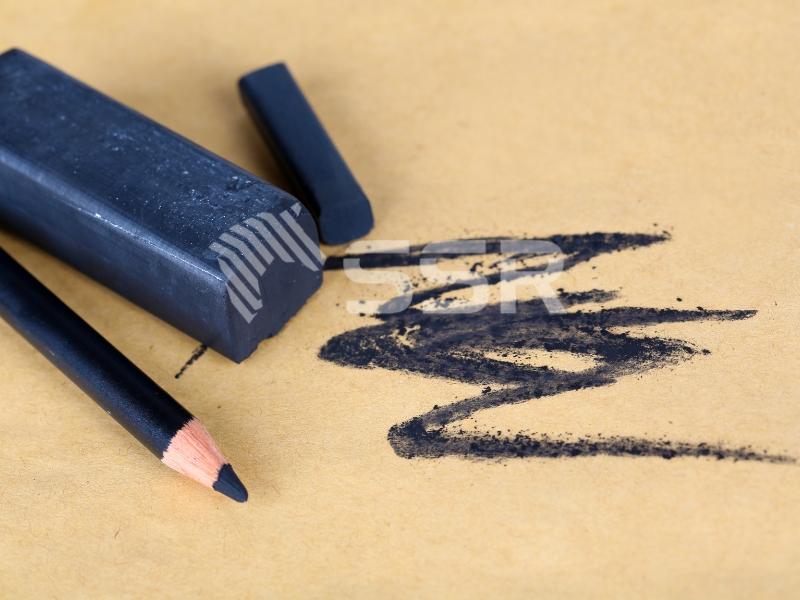
Charcoal sticks
- Drawing and Sketching: Artists use graphite and pencils for sketching due to their deep black pigmentation and ease of blending.
7. Odor Control
- Deodorizers: Used in products to absorb unpleasant odors in refrigerators, closets, and shoes.
8. Energy Production
- Fuel for Industrial Processes: Used as a renewable energy source in industries like cement production or steelmaking, especially in regions where deforestation is controlled.
9. Cultural and Ritual Uses
- Incense Burning: Used in religious and cultural rituals to burn incense or other aromatic substances.
- Traditional Medicine: Used in some traditional practices for wound care or as a remedy for digestion issues.
10. Miscellaneous Uses
- Tooth Whitening: Sometimes used in toothpaste or powders for its abrasive and adsorptive properties.
- Gold Extraction: Used in the cyanide leaching process to adsorb gold particles.
Are coal and charcoal the same?

Are coal and charcoal the same?
No, coal and charcoal are not the same, although they share similarities as carbon-rich materials and are used as fuels. Here are the key differences:
Coal
- Origin: A natural resource formed over millions of years from the remains of plants and animals subjected to heat and pressure deep within the Earth’s crust.
- Composition: Contains a mixture of carbon, minerals, and impurities like sulfur and nitrogen.
- Appearance: Typically hard, black, or dark brown with a dull or shiny surface.
- Uses: Primarily used as a fossil fuel for power generation, steel production, and industrial processes.
- Environmental Impact: Burning coal releases more pollutants, including sulfur dioxide, nitrogen oxides, and large amounts of carbon dioxide, contributing to air pollution and climate change.
Charcoal
- Origin: A man-made product created by heating wood or other organic materials in a low-oxygen environment (a process called pyrolysis) to remove water and volatile substances.
- Composition: Mostly pure carbon with fewer impurities compared to coal.
- Appearance: Lightweight, porous, and often black with a matte finish.
- Uses: Commonly used for cooking (e.g., barbecue), art (e.g., graphite), and industrial processes like metal refining.
- Environmental Impact: Generally burns cleaner than coal but can still emit carbon dioxide. Its production and use can contribute to deforestation if not managed sustainably.
Read more about: Pini Kay Briquettes
Is charcoal just carbon?
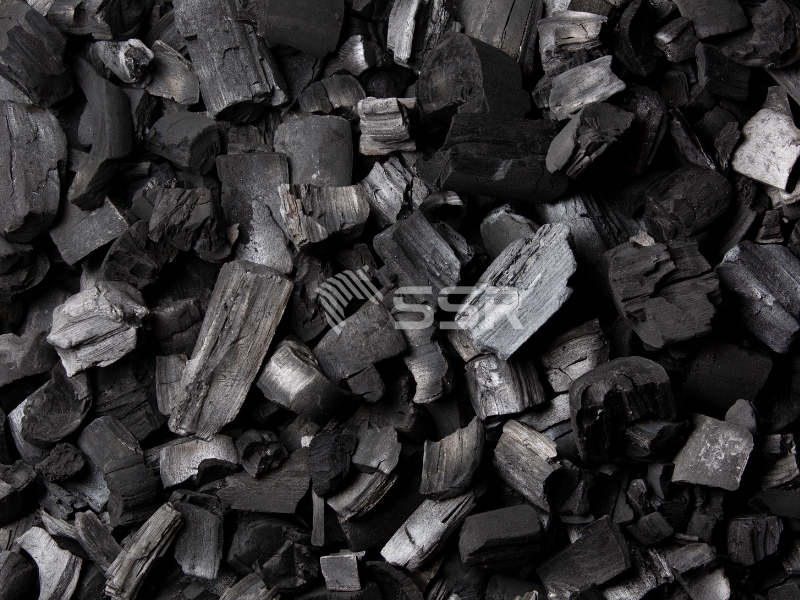
Is charcoal just carbon?
No, charcoal is not just carbon, though it is primarily made up of carbon. It’s typically consists of around 85–98% carbon, but it also contains other elements and compounds, like:
1. Carbon (Main Component)
- Carbon is the primary component, formed during the pyrolysis process, where organic material like wood is heated in the absence of oxygen.
- This carbon gives charcoal its ability to burn efficiently as a fuel.
2. Volatile Compounds
- Although much of the volatile matter is driven off during pyrolysis, small amounts may remain. These include gases like hydrogen, methane, and other light hydrocarbons.
3. Ash (Mineral Residue)
- Contains a small percentage of ash, made up of non-combustible minerals such as calcium, potassium, and magnesium, which were present in the original organic material.
4. Water (Moisture)
- Even though the pyrolysis process removes most water, charcoal can reabsorb moisture from the air, which is why it’s not 100% pure carbon.
5. Trace Impurities
- Depending on the material and the production process, it may also contain trace amounts of other organic compounds, tar, or impurities.
Purified Charcoal
In some applications, such as activated or pharmaceutical-grade charcoal, additional processing removes most impurities, resulting in a product that is nearly pure carbon.
See more: Review of Technologies for the Production and Use of Charcoal
Differences Type of charcoal
According to information compiled from many sources, the differences between charcoal and other fuels can be summarized:
| Characteristic | Charcoal | Coal | Gas | Oil |
| Heat | High and stable | High but unstable | High, adjustable | High but polluting |
| Smoke | Low smoke | Smoky | Smokeless | Smoke and odor |
| Environmentally friendly | Medium to environmentally friendly if produced sustainably | No | Most friendly (compared to fossil fuels) | No |
| Storage capacity | Easy to store | Difficult to store due to heavy weight | Pressure tank required | Special tank required |
Charcoal in the wood industry
Charcoal plays a vital role in the wood industry, especially in processes that demand high and consistent temperatures. Its ability to produce intense, stable heat makes it an ideal fuel for several key applications, such as:
- Wood Bending: Used in steam bending processes to soften wood fibers, allowing the wood to be shaped into various forms without breaking. The controlled heat generated by charcoal ensures precise and effective bending, particularly for creating furniture, boat hulls, and architectural structures.
- Wood Drying: Often used in wood drying kilns where a steady and high temperature is crucial for removing moisture from freshly cut wood. This process ensures that the wood becomes durable, resistant to warping, and ready for manufacturing or finishing.
- Surface Treatment: Also used in the burning or charring process, which is common in the treatment of wood surfaces. The carbonized surface created by charcoal enhances the wood’s natural beauty while providing increased resistance to pests, moisture, and weathering.
As the industry moves towards more sustainable practices, charcoal is set to remain an essential component in creating high-quality wood products while promoting a greener future.
Maybe you care about: Pini Kay Briquettes fuel for green ecosystem
Featured Products
Acacia Wood Butcher Block Countertops Supplier
Specifications:
- Species: Acacia
- Moisture: < 12%
- Wood Stave (Length): 150-400 mm
- Wood Stave (Width): 30-80 mm
- Length & Width tolerance: 0/+3 mm
- Thickness tolerance: +/- 0.2 mm
- Glue: D4
- Quality: AB, BC or customized
- Surface finish: Sanding 180-240 grit, 2 faces
Rubberwood Finger Joint Board Supplier
- Species: Rubberwood
- Moisture: <12 %
- Wood Stave (Length): 150-600 mm
- Wood Stave (Width): 35-80 mm
- Length & Width tolerance: 0/+3 mm
- Thickness tolerance: +/- 0.2 mm
- Glue: D4
- Quality: AA, AC or customized
- Surface Finish: sanding 240-320 grit, 2 faces
Birch Butcher Block Countertop Supplier
Specifications:
- Species: Birch
- Moisture: < 12%
- Wood Stave (Length): 150-400 mm
- Wood Stave (Width): 20-80 mm
- Length & Width tolerance: 0/+3 mm
- Thickness tolerance: +/- 0.2 mm
- Glue: D4
- Quality: AB, AC or customized
- Surface finish: Sanding 180-240 grit, 2 faces.
Featured News
Related News
Bamboo Cutting Board Tips for Distributors – SSR VINA
Bamboo has become a popular alternative to traditional hardwoods when it comes to kitchen cutting boards. But is it really a good choice for your kitchen? In this guide, we’ll cover everything from the benefits and downsides to care instructions, environmental impact, and FAQs. What is a Bamboo Cutting Board? A bamboo cutting board is […]

Biomass Energy: The Natural Powerhouse of Renewable Energy
In the search for sustainable energy solutions, biomass stands out as one of the most promising alternatives to fossil fuels. But what exactly is biomass, and why is it gaining attention around the world? Let’s explore how this natural energy source works, where it’s used, and what the future holds. What Is Biomass? Biomass refers […]


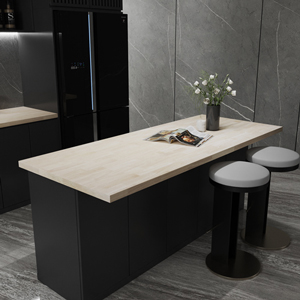
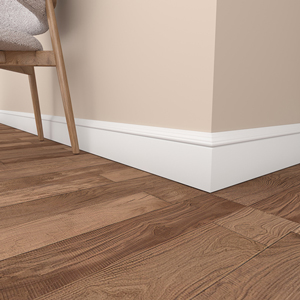
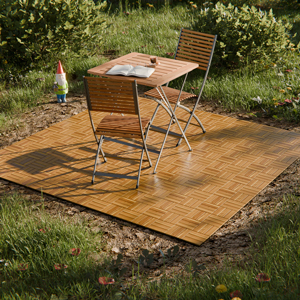
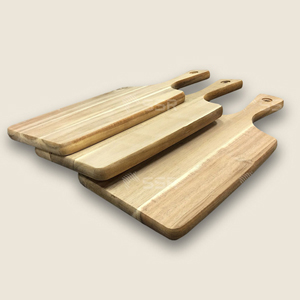


 Tháng 10 30, 2024
Tháng 10 30, 2024 | SSR
| SSR